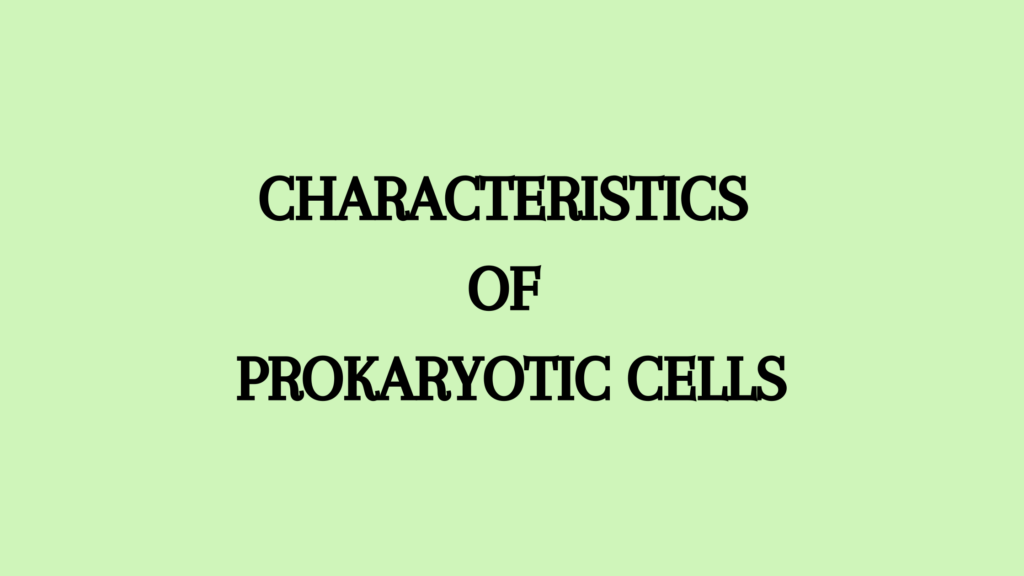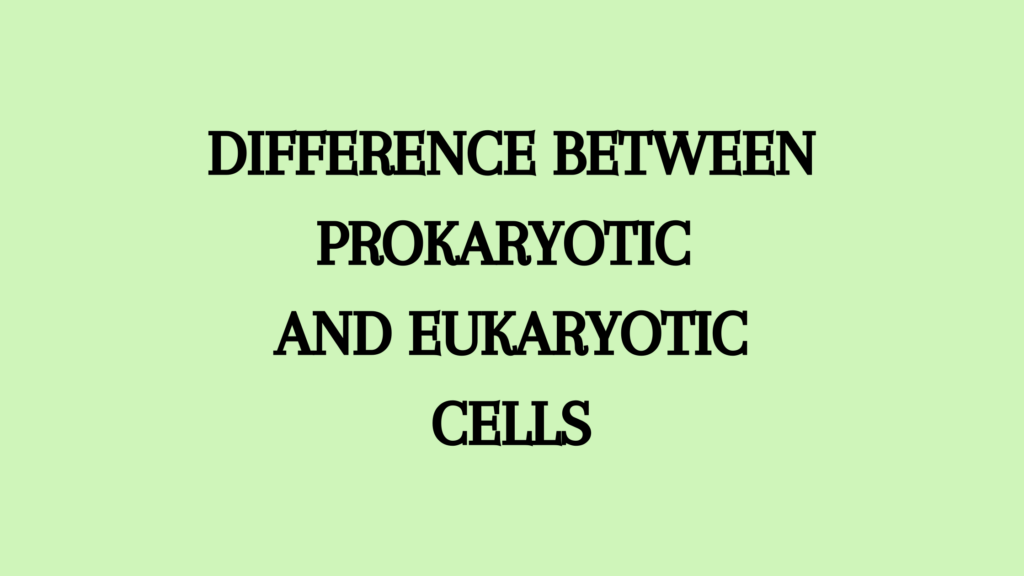Any mutation, abnormality, disorder, or anomaly in the basic constitution of a chromosome is called a chromosome aberration. The two types of chromosomal aberrations are structural and numerical alterations of chromosomes.
The chromosomes, often called vehicles of heredity, are sufficiently characteristic to provide the cytologists with morphological criteria of an individual that can be used for identification much in the same way as a taxonomist uses photographic (morphological characters or organs) characters to delimit species.
Types of Chromosomal Aberrations
Structural and numerical alterations of chromosomes are the two types of chromosomal aberrations.
Constancy in the chromosome number and structure is essential for the individual not only to maintain its morphological characteristics but many a time even for its survival. Occasionally, however, there occur variations in the structure as well as in the number of chromosomes producing alterations, variations etc. in the individual.
Depending on the magnitude of these changes, the individual will either survive with little or no changes or may survive with great changes. Numerical changes or variations in chromosome number do not affect the structure of chromosomes but are only involved in alternation in the number, which may be either increased or decreased when compared with the normal number. This change also has many drastic genetic influences on individuals.
Numerical Alterations of Chromosomes
The number of kinds of chromosomes in a species is sufficiently constant to delimit it from others. The process of alteration in chromosome numbers is seen very often in plants and, to a lesser extent, in animals is called numerical alteration of chromosomes or aberrations.
Each species has a characteristic number of chromosomes in the nuclei of its somatic cells and gametes. The gametic chromosome number constitutes a basic set of chromosomes. When haploid gametes of both sexes unite in the process of fertilization, a diploid zygote with two genomes is formed. The diploid zygote undergoes embryological development and forms an adult plant or animal, which, upon attaining sexual maturity, produces haploid gametes.
Thus alternation of generations continues between haploid and diploid generations. But sometimes, this alters. Occasionally in some plants, a high number of genomes is present. Such a plant with an increased number of chromosomes or with more than two genomes is called a polyploid and this condition is called polyploidy.
Types of Numerical Alterations of Chromosomes
A single chromosome complement has each chromosome represented only once, and this is called a genome. The alteration on this genome can be mainly divided into,
- Euploidy, having the regular number and set of chromosomes
- Polyploidy with three or more complete sets of chromosomes
- Aneuploidy that has an additional chromosome or a missing individual chromosome
Euploidy
Having a haploid genome is the basic ploidy and is represented by ‘n’. The polyploid plants are different from diploids. The diploid parental form varies in several characters, for eg, the greater size of stem, fruits, leaves, roots, flowers, etc.
Polyploidy
There are mainly two types of polyploidy – autopolyploidy and allopolyploidy. Autopolyploidy happens when a chromosome is duplicated within a species. Allopolyploidy happens when polyploids are formed by the hybridization of homologous chromosomes of different species.
Autoplolyploidy
It is produced by the even multiples of the haploid chromosome.
- If a plant has three genomes, it is called a triploid, which is formed by the fusion of a diploid gamete from a tetraploid parent and a haploid gamete from a diploid parent. triploids are usually sterile.
- When it has four sets, it is called tetraploid.
- Those having 5 are pentaploid.
- Organisms with six genomes it is hexaploid
- Those with 7 genomes are heptaploid, and so on.
Allopolyploidy
When the sterile polyploids of the F1 generation double their chromosome number, they form fertile allopolyploids. Here, the diploid F1 generation produces a tetraploid fertile offspring.
Aneuploidy
Aneuploidy does not match the chromosome number of their parents due to the addition or loss of a chromosome in their sets. It can be divided into hypoploidy and hyperploidy.
When they miss a chromosome, it is hypoploidy, and when they have an additional one, it is hyperploidy. The former is further divided into monosomy and nullisomy, the latter is divided into trisomy and tetrasomy.
Structural Chromosomal Aberrations
Structural chromosomal aberrations are of four types.
- Deletion: When the chromosome lacks or loses a segment.
- Duplication is the condition where a segment in the chromosome is repeated, which causes malfunction.
- Inversion is when the genes in a segment have inverted their order.
- Translocation is the condition where a piece or segment of a chromosome is detached from its original place and has attached to another chromosome.
References
- Agarwal, P. V. |. V. (2004). Cell biology, Genetics, Molecular Biology, Evolution, and Ecology: Evolution and Ecology. S. Chand Publishing.
- https://www.sgrru.ac.in/sgrrsas/uploads/pdf/Chromosomal-Aberrations.pdf




